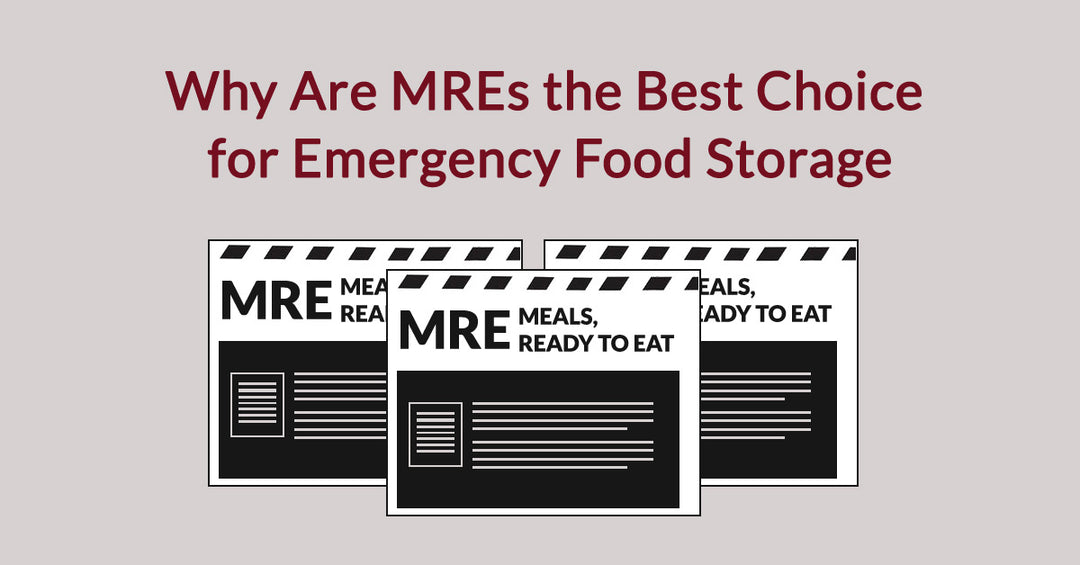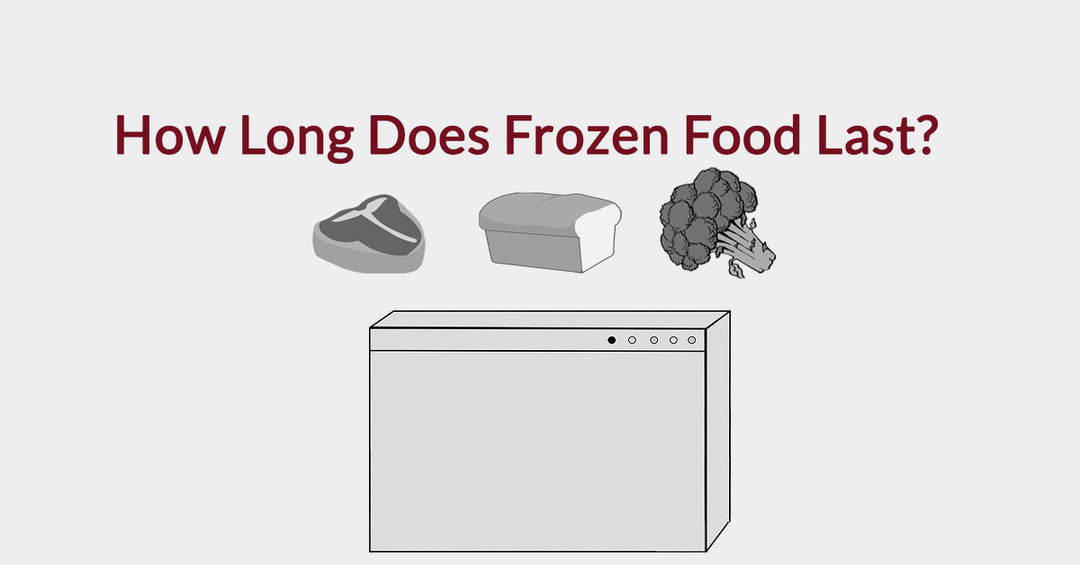MREs For COVID-19 | How Storing MREs Can Help Manage Your Food Supply In A Pandemic

Buying groceries is an everyday task that most of us take for granted under normal circumstances.
After all, there isn’t much to it. We get in our cars, we drive to the grocery store, and we select what we’d like to buy that week. We occasionally might meet a mild inconvenience or two along the way: they might be out of our favorite brand of peanut butter or we end up forgetting that one thing we really needed. Yet, for the most part, groceries are kind of a given.
Of course, that was before the Coronavirus pandemic turned everyone’s perspectives upside down.
Suddenly, it was impossible to find toilet paper. Then, the pasta and bread shelves were completely empty. Next, as full-blown panic settled over the population, the rest of the store’s goods diminished and went out of stock. In a matter of days, most of us were suddenly checking five to six stores a day just trying to find food.
Being worried that we won’t be able to find food for our loved ones is never a position we want to be in, the good news is that there are ways to make sure you're always prepared.
Being Prepared for Any Disaster
A global pandemic like COVID-19 is just one example of instances in which you’d want to make sure you have emergency food stored away. Natural disasters are inevitable and even the unlikely event of war on home soil are all possibilities for which we have to be prepared.
Pandemics typically mean that resources will be more difficult to acquire, as demand begins to exceed supply and prices start to go up. It also means that every trip outside your home is one in which you are risking infection, and therefore threatening the health of your entire household.
Having a supply of non-perishable foods such as rice, pasta, and canned foods are most people’s first step when a crisis first strikes. That’s why these items are usually the first to go and the hardest to find if you didn’t already have a good supply before the outbreak.
We need more ways of making sure our pantries are stocked that don’t rely on our local grocery chains or force us to risk exposure to others shoppers.

Introducing the MRE
MREs, or Meals Ready to Eat, are one of the easiest ways to stay prepared in almost any disastrous situation. No doubt, you’ve heard of them before, whether it was listening to your grandpa tell old war stories or as the butt of jokes from buddies in the military.
Truthfully though, MREs are one of the most practical ways to relieve the stress of food preparation during a global disaster. They last for up to five years and take up virtually no room in your cupboard.
With a supply of them on hand, you also don’t have to worry about running out of food in case of a full government-issued quarantine. In an actual lockdown, food becomes even more impossible to find. In such an instance, MREs are that extra blanket of security that your family won’t go hungry.
Plus, the quality of MREs has improved drastically over the past few decades. No longer are they carefully rationed out bits of dried meat and stale bread for poor soldiers. Nowadays, the military isn’t even the only group of people who utilize MREs on a regular basis.
Survivalists, avid campers, and emergency teams all find value in MREs, in some instances to survive and in others, to enhance recreational pleasure. With the bar raised, MREs today are packed full of way more nutrients than their predecessors and taste good enough for even the pickiest of kids.

How to Use MREs During a Global Epidemic
There are a few things to keep in mind if you’re planning on using MREs to supply your pantry full of emergency food.
Make Sure You Have Enough
It’s easy to underestimate the power of one whole meal in a single packet. On one hand, it’s reassuring and convenient to know you are being provided with everything you need in a single, ready-to-eat meal. However, you want to make sure that you’ll have enough of those meals to last your family for an extended period of time. Buy in bulk if you have to, and have enough MREs for everyone in your family for at least two weeks.
Go with high-quality MREs that provide enough sustenance to last you for hours, instead of the lower quality ones that barely fill you up in one sitting. Meals with high calorie counts and a variety of food items in one meal are far superior to others.
Have the Proper Resources
MREs rely on water and heat in order to be eaten at optimal quality. It’s always a good rule of thumb to have plenty of bottled water on hand as well when preparing for a pandemic. Some MREs come with their own heating units in case you wind up with no access to electricity or gas.
Sometimes, though, things get really desperate. In these instances, when you’re short on other resources or want to reserve them for something else, keep in mind that many MREs can even be eaten dry. Though it may not taste the way they were intended, you’ll still get all your calories and nutrients you need to get you through it.
Proper Storage
Stocking up on MREs won’t do you any good if they’re all busted up by the time you go to use them. Instead of throwing them on a shelf or into a corner of your pantry, dedicate a clearly-labelled, airtight bin to your MRE supply. This will keep them safe from any external factors that could damage them and make them unusable, such as pets tearing them open, water damage, kids getting curious, or even misplacing them.
High quality MRE brands will also take precaution to make their packs as durable as possible, since most are made to withstand a variety of elements anyway. Look for brands that use military-grade components and are waterproof, to make sure they won’t have a problem lasting.





